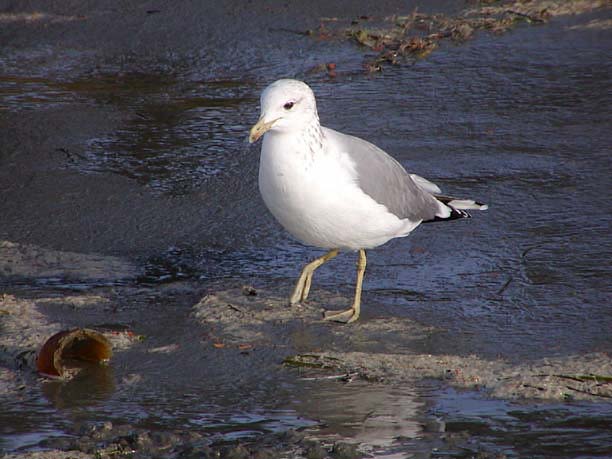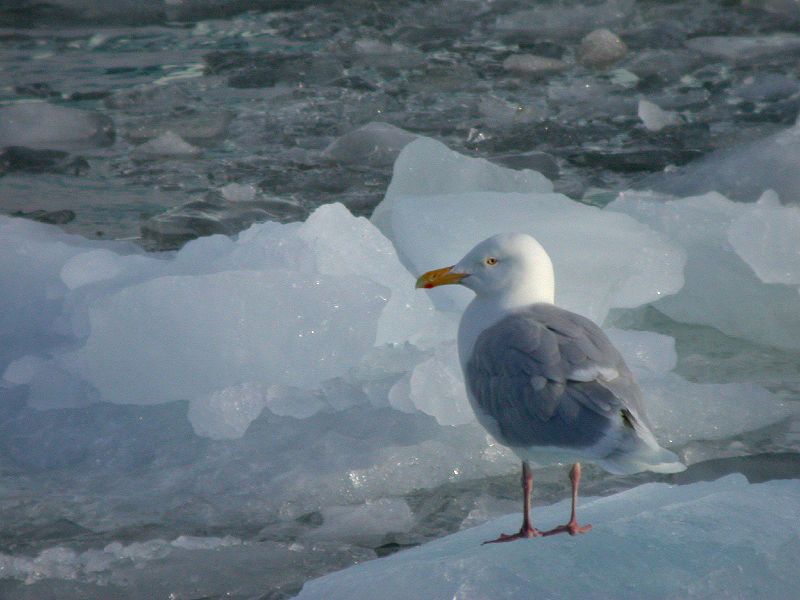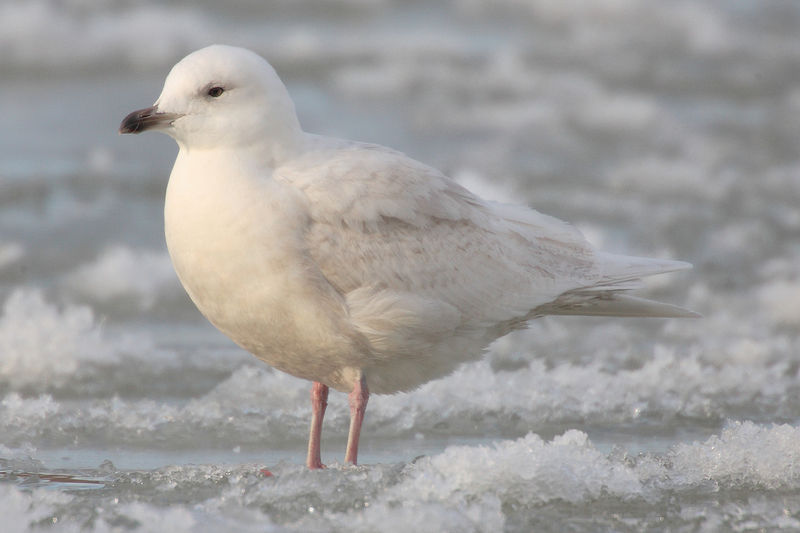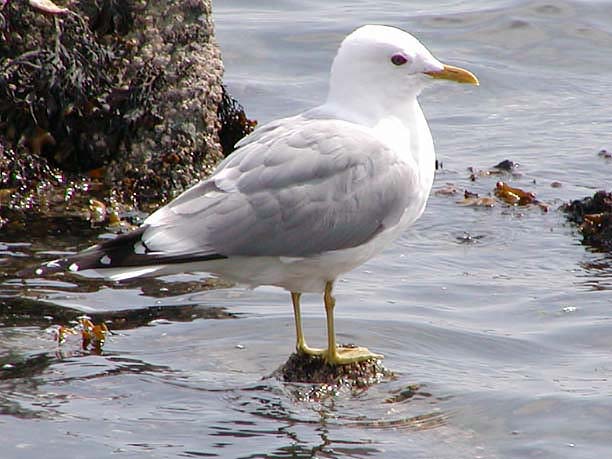
A World War II-era P-51 Mustang aircraft owned by the Lone Star Flight Museum and nicknamed the "Galveston Gal" crashed in Texas on Wednesday, killing the two people who were on board.
Museum pilot Keith Hibbett, 51, was taking 66-year-old United Kingdom resident John Stephen Busby for a joyride on the vintage aircraft. Busby paid about $2,000 to get on the plane."This is by far one of the most difficult things I’ve ever gone through. Our pilot was like a brother to me," said Larry Gregory of the Lone Star Flight Museum. "He’s taught me a lot about flying and everything else. And it’s just devastating."The Coast Guard responded to reports of a crash in an area known as West Bay. Respondents found the plane in about three to five feet of water, with both occupants dead.Federal Aviation Administration records say the plane was built in 1944. It was one of the planes used at the annual Wings Over Houston Air Show."My heart and the hearts of the Commemorative Air Force, our air show staff and many others are heavy. We are a brotherhood and sisterhood of people who are passionate about preserving aviation history and honoring our veterans who served our country," said Wings Over Houston director Bill Roach. "And we are united in our desire to share this passion with our others through museums, air shows and other events throughout the United States."
http://www.upi.com/blog/2013/10/24/Two-die-in-crash-of-P-51-Mustang-plane-from-WWII/4431382620067/#ixzz2ik6dCOQL












































